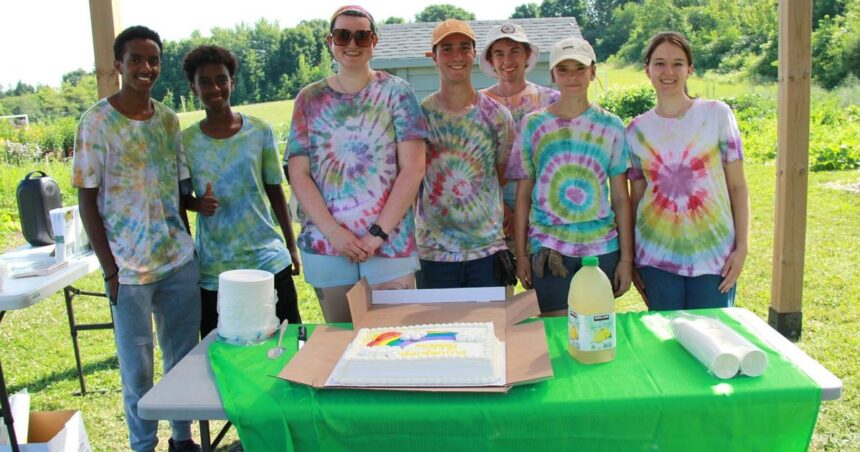Beneath the morning sun in Guelph, Ontario, Marisa Thompson kneels in the rich soil of the Riverside Park Community Garden, her hands gently working around delicate seedlings. “This isn’t just about growing vegetables,” she explains, wiping perspiration from her brow. “It’s about growing community, one radish at a time.”
Across Guelph, a city increasingly recognized for its environmental initiatives, community gardens have blossomed into vital social ecosystems that deliver far more than fresh produce. They’ve become outdoor classrooms, cultural meeting grounds, and powerful tools for addressing food security issues in urban environments.
“We’ve seen participation increase by nearly 35% over the past three years,” notes Carlos Rodriguez, coordinator for Guelph’s Community Garden Network. “People are seeking connection—both to their food sources and to each other—especially after the isolation many experienced during the pandemic.”
The Guelph Wellington Food Round Table reports that community gardens across the region produced over 4,500 kilograms of fresh produce last year, with approximately 30% donated to local food banks and community kitchens. This contribution represents a significant supplement to food security initiatives in the region.
Beyond the impressive harvest statistics, these gardens cultivate something equally valuable—social capital. At the Silvercreek Community Garden, weekly workdays bring together recent immigrants, retirees, young families, and university students in a shared purpose that transcends demographic boundaries.
“I learned more about growing techniques in one season here than I did in years of reading gardening books,” says Amina Diallo, who moved to Guelph from Senegal three years ago. “But more importantly, I found friendship. My neighbors now include people I would never have met otherwise.”
The economic benefits extend beyond reduced grocery bills. Studies from the University of Guelph’s Department of Food, Agricultural and Resource Economics suggest that properties near community gardens typically see modest increases in value, while local businesses benefit from increased foot traffic in garden-adjacent areas.
These green spaces also serve as living laboratories for environmental education. The Two Rivers Garden, situated between the Speed and Eramosa Rivers, incorporates indigenous planting techniques and hosts workshops on sustainable agriculture practices, water conservation, and native plant preservation.
“Children who participate in our garden programs show measurably improved understanding of ecological principles,” explains Dr. Jennifer Wu, an environmental education specialist who volunteers at several Guelph gardens. “They’re also more willing to try vegetables they’ve helped grow—a win for nutrition education.”
City officials have taken notice. Recent municipal planning has incorporated community gardens into development considerations, with new neighborhoods now expected to include space for shared growing areas. The city’s sustainability office has also increased funding for garden infrastructure by 15% in this year’s budget.
“These aren’t just nice-to-have amenities,” says Councillor Diane Robertson. “They’re essential components of a resilient city that can weather food system disruptions while building community cohesion.”
As climate change concerns grow, many gardeners are also embracing these spaces as opportunities for local climate action. Rain catchment systems, composting facilities, and pollinator-friendly plantings have become standard features in Guelph’s community gardens.
As the sun sets over the raised beds at Exhibition Park Community Garden, the question remains: in a world of increasing disconnection from our food sources and from each other, could these humble plots of soil offer a path toward a more connected, sustainable future for Canadian communities beyond Guelph?










